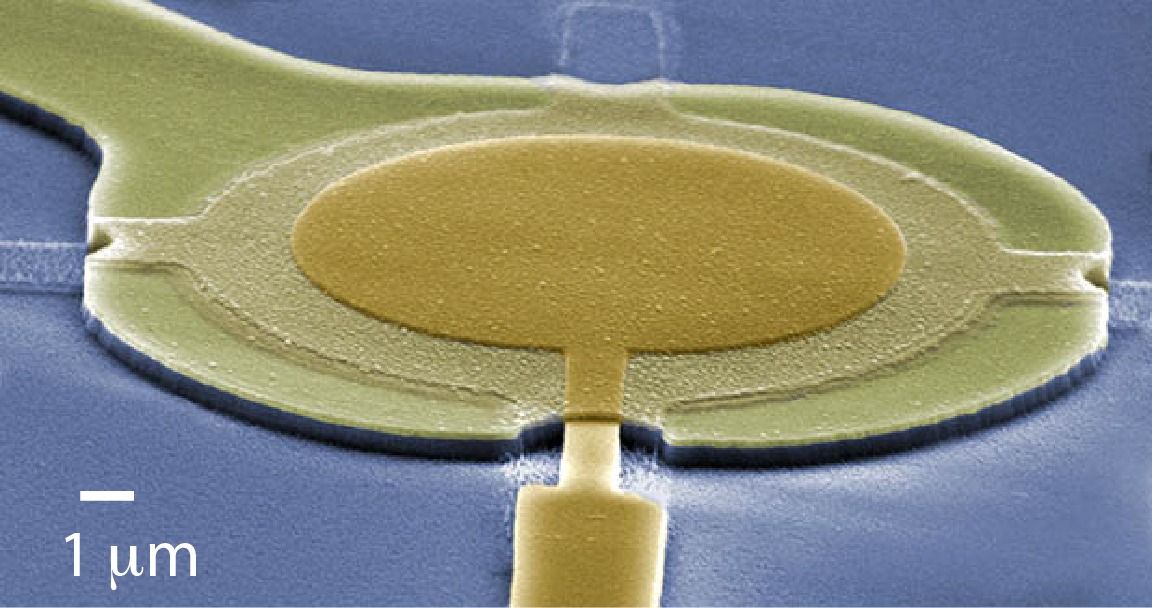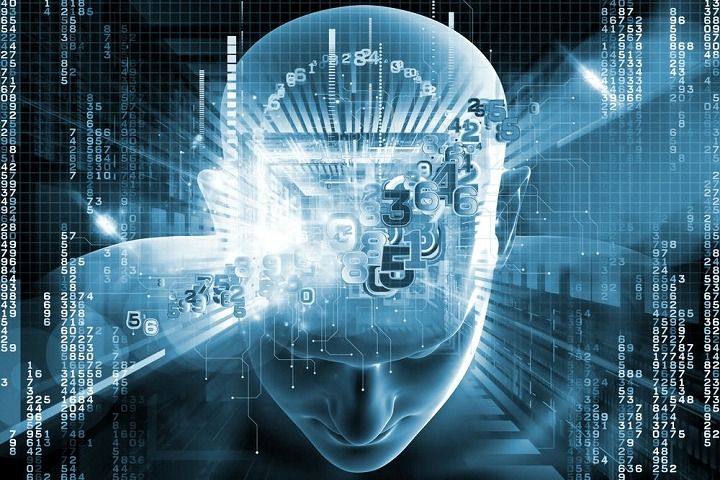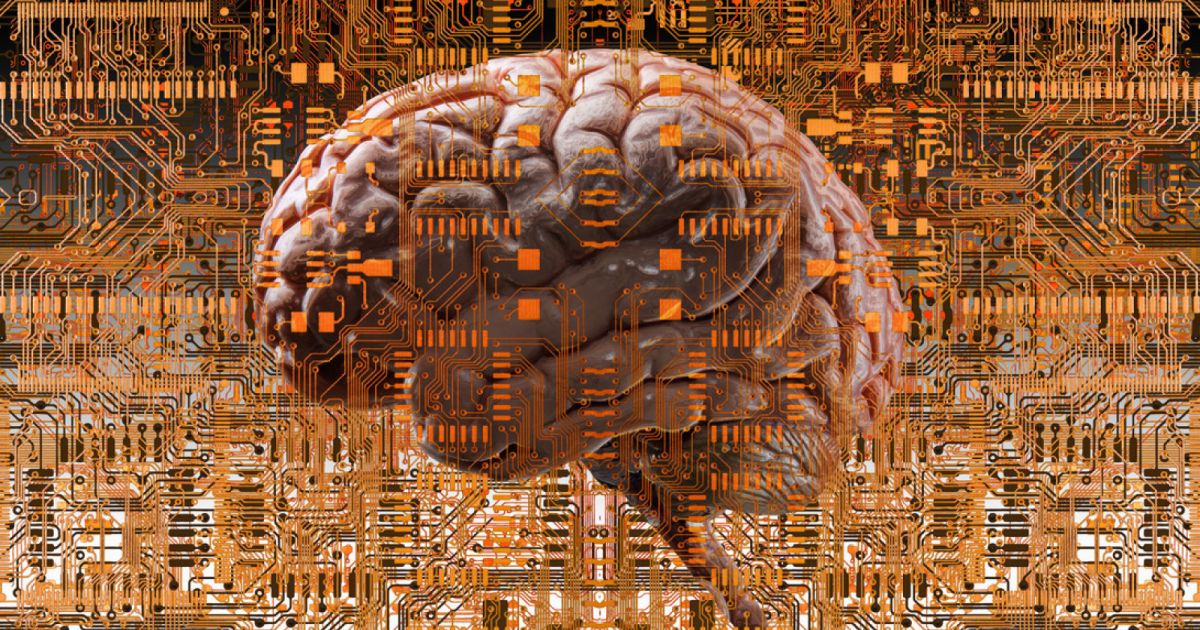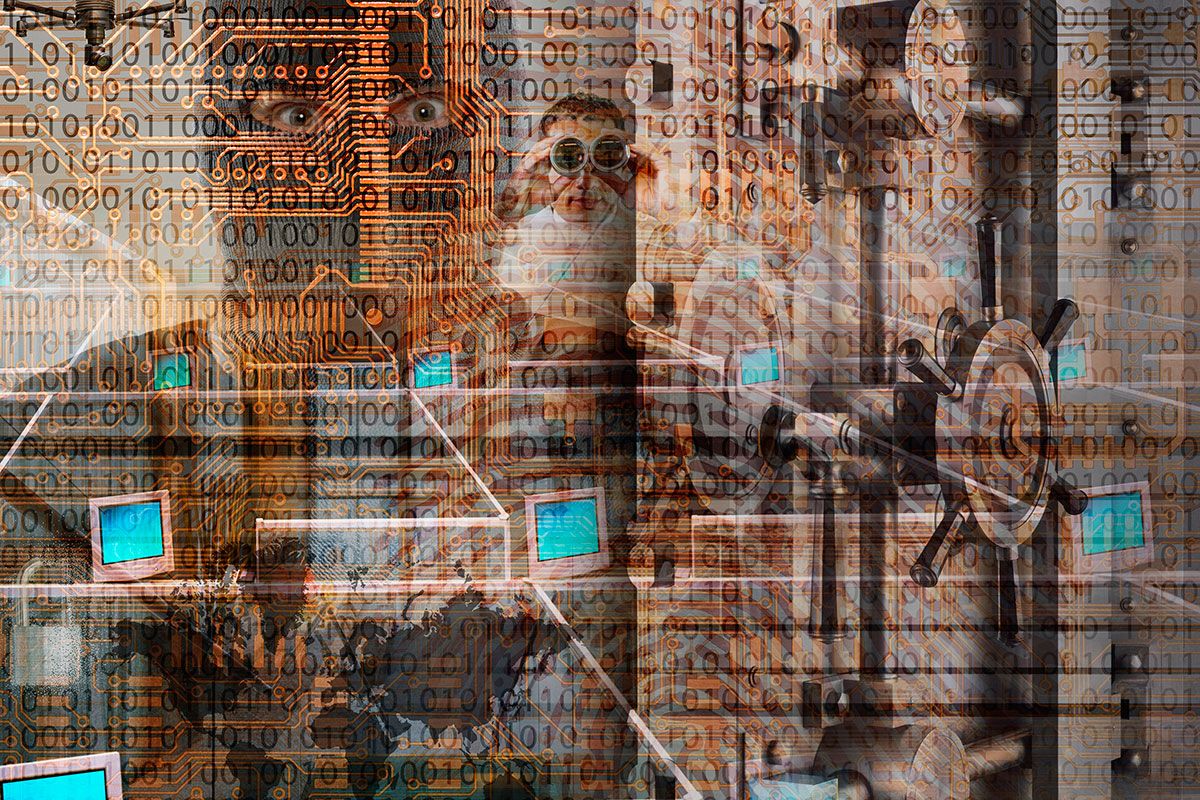2,000km network to provide foundation for secure quantum key distribution.




Extremely accurate measurements of microwave signals can potentially be used for data encryption based on quantum cryptography and other purposes.
Researchers at Aalto University and the University of Jyväskylä have developed a new method of measuring microwave signals extremely accurately. This method can be used for processing quantum information, for example, by efficiently transforming signals from microwave circuits to the optical regime.

Fortifying cybersecurity is on everyone’s mind after the massive DDoS attack from last week. However, it’s not an easy task as the number of hackers evolves the same as security. What if your machine can learn how to protect itself from prying eyes? Researchers from Google Brain, Google’s deep Learning project, has shown that neural networks can learn to create their own form of encryption.
According to a research paper, Martín Abadi and David Andersen assigned Google’s AI to work out how to use a simple encryption technique. Using machine learning, those machines could easily create their own form of encrypted message, though they didn’t learn specific cryptographic algorithms. Albeit, compared to the current human-designed system, that was pretty basic, but an interesting step for neural networks.
To find out whether artificial intelligence could learn to encrypt on its own or not, the Google Brain team built an encryption game with its three different entities: Alice, Bob and Eve, powered by deep learning neural networks. Alice’s task was to send an encrypted message to Bob, Bob’s task was to decode that message, and Eve’s job was to figure out how to eavesdrop and decode the message Alice sent herself.

Get Ready Folks! Imagine a QC DarkNet as it will too come.
Quantum teleportation brings to mind Star Trek’s transporter, where crew members are disassembled in one location to be reassembled in another. Real quantum teleportation is a much more subtle effect where information is transferred between entangled quantum states. It’s a quantum trick that could give us the ultimate in secure communication. While quantum teleportation experiments have been performed countless times in the lab, doing it in the real world has proved a bit more challenging. But a recent experiment using a dark fibre portion of the internet has brought quantum teleportation one step closer to real world applications.
The backbone of the internet is a network of optical fibre. Everything from your bank transactions to pictures of your cat travel as beams of light through this fibre network. However there is much more fibre that has been laid than is currently used. This unused portion of the network is known as dark fibre. Other than not being currently used, the dark fiber network has the same properties as the web we currently use. This new experiment used a bit of this dark web in Calgary to teleport a photon state under real world conditions.
The basic process of quantum teleportation begins with two objects (in this case photons) that are quantumly entangled. This basically means the state of these two objects are connected in such a way that a measurement of one object affects the state of the other. For quantum teleportation, one of these entangled objects is measured in combination with the object to be “teleported” (another photon). The result of this measurement is then sent to the other location, where a similar combined measurement is made. Since the entangled objects are part of both measurements, quantum information can be “teleported.” This might seem like an awkward way to send information, but it makes for a great way to keep your messages secret. Using this method, Alice can basically encrypt a message using the entangled objects, send the encrypted message to Bob, who can then make his own measurement of the entangled state to decode the message.


Encryption is something we all rely on regularly to keep our information safe online, but many of us have experienced it since childhood, and in fact probably used it in school. If you ever wrote out a message in code that nobody could read without they knew the decipher rules, you messed around with encryption!
That same secret message technique has now been put to a much more worrying use. Google has created multiple AI and they’ve learned how to not only create their own encryption, but are now communicating using messages nobody else can read.
This Google Brain project is an experiment in deep learning techniques and involved the use of three neural networks (Alice, Bob, and Eve) created using artificial neurons. These neural nets work like a much simplified version of our brains, and they are slowly and steadily becoming more intelligent.
Physicists at The Australian National University (ANU) and University of Queensland (UQ) have produced near-perfect clones of quantum information using a new method to surpass previous cloning limits.
A global race is on to use quantum physics for ultra-secure encryption over long distances according to Prof Ping Koy Lam, node director of the ARC Centre of Excellence for Quantum Computation and Communication Technology (CQC2T) at ANU.
The new cloning method uses high performance optical amplifiers to clone light encoded with quantum information —it is possible this technique could allow quantum encryption to be implemented with existing fibre optic infrastructure.

What does the future hold for computing? Experts at the Networked Quantum Information Technologies Hub (NQIT), based at Oxford University, believe our next great technological leap lies in the development of quantum computing.
Quantum computers could solve problems it takes a conventional computer longer than the lifetime of the universe to solve. This could bring new possibilities, such as advanced drug development, superior military intelligence, greater opportunities for space exploration and enhanced encryption security.
Quantum computers also present real risks, but scientists are already working on new forms of encryption that even a quantum computer couldn’t crack. Experience tells us that we should think about the applications and implications of quantum computing long before they become reality as we strive to ensure a safe future in the exciting new age of quantum computing.